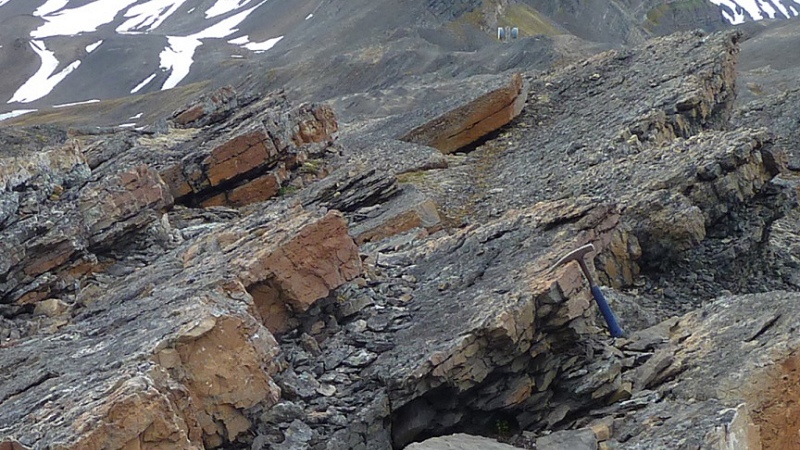
Fossil specialists tell us that waves of extinction, hundreds of them, interrupted the story of life on Earth during the last billion years. Only five of these are what paleontologists have considered mass extinctions—extreme episodes that covered the whole world and killed off at least half of all known animal species.
A new study of rocks in the frozen land of Spitsbergen, a Norwegian island in the Arctic Ocean, points to a sixth mass extinction. It happened about 262 million years ago during the Capitanian Age of the Permian Period.
The Earth looked very different in those days. Most of the dry land was in the supercontinent Pangea.
Geologists already knew there had been an extinction event during the Capitanian Age, but didn’t know how widespread it had been. Researchers first documented it about 20 years ago, in rocks of southern China that formed in a tropical ocean. There, it was clearly an awful catastrophe. For instance, it killed seven-eighths of all species of brachiopod, a family of shellfish that once dominated the seafloor. But was it a truly global, mass extinction, or a regional one, restricted to the tropics?
A team of researchers, led by David Bond of the University of Hull, took up this question by looking for extinction evidence elsewhere. They knew limestone of Capitanian age exists in Spitsbergen, a glacier-swept set of Arctic islands administered by Norway. During Capitanian time, this area was a cold-water coastal sea around the latitude of Maine, part of the Boreal Ocean.